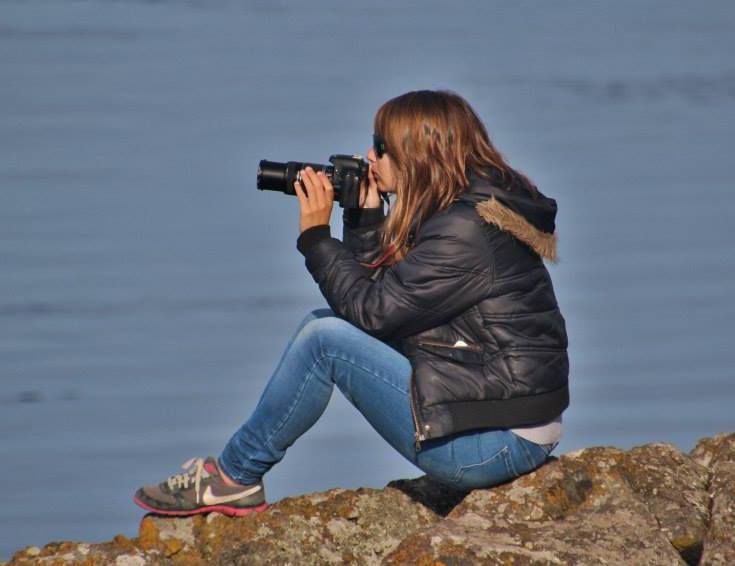First, let me apologize for disappearing from this blog for over three months. I feel that I need to explain myself. In the beginning, I was slow to post because I was just busy and orca encounters kept piling up. But then events involving endangered southern resident orcas Tahlequah J35 and Scarlet J50 occurred and it has taken a long time to gather myself. I am sure many of you followed along with the news of these two orcas so I will just cover the basics.
Scarlet J50 was born in December 2014. Still nearly the size of a newborn calf, her body condition began deteriorating in June 2018. By August, she was skin and bones. It was at this time that NOAA, DFO, SR3, the Lummi Nation, SeaWorld, and others stepped in. Breath samples were collected from Scarlet and attempts were made to medicate her with darts and offerings of live salmon. Barely able to keep up with her family, preparations were made to capture her. She was declared deceased by the Center for Whale Research on September 13th after disappearing a few days prior.
While Scarlet was dying, Tahlequah J35 gave birth to a female calf on July 24th. Amazingly, the calf was born alive (southern residents have a 69% chance of late term miscarries when Chinook salmon is not abundant) but passed away half an hour later. Instead of letting the calf sink, Tahlequah carried the calf around for at least 17 days. She swam over a thousand miles while supporting this calf on her head/carrying it in her mouth or by its flippers. Tahlequah's family, especially her son Notch J47 and niece Star J46, stayed by her side through it all and also helped carry the calf. The calf's body decomposed and was gone by the morning of August 11th. Tahlequah was then finally able surface normally and focus on caring for herself again.
Some people are better at dealing with the possibility of extinction than others. I am very bad at it. Nothing is harder than watching those you love slowly wither away and carry their dead around in mourning. The grief and suffering that these orcas are going through is heartbreaking. It is infuriating that these orcas are dying because of damage done to the ecosystem by humans.
The remaining southern resident orcas need more Chinook/King salmon to recover their population. This means banning Atlantic farmed salmon net pens in Canada, breaching dams that are blocking salmon from spawning, restoring salmon and forage fish habitat, reducing pollution in our waters, and eating less Chinook salmon. Seals, seal lions, and birds need to stop being scapegoated for the decline of salmon as well. We are the ones responsible, always have been. Killing predators damages the ecosystem further and is just another band-aid solution. Killing seals and sea lions (people are advocating for this currently in both WA and BC) would cause the decline of Bigg's (Transient) orcas and then we would have two endangered orca populations on our hands instead of one.
Below are photos from some of my orca encounters over the last few months.
Please do not use my photos without my permission. Just ask.
My blog is down for the time being but you can view my most recent photos on my Flickr page.
